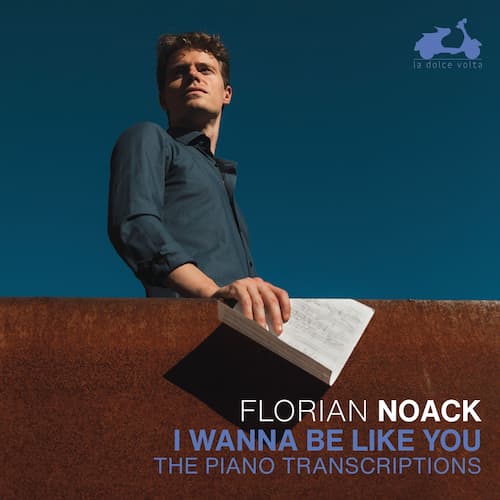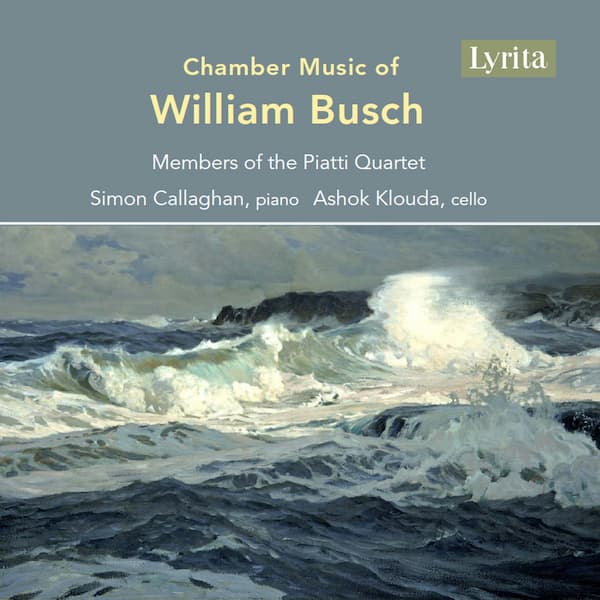When Ludwig van Beethoven went to Vienna in 1792, he was coming expecting to become Mozart’s successor. Mozart had died in early December 1791, and Beethoven came with the praise of the German composer and organist Christian Gottlob Neefe (1748-98) supporting him. Beethoven had studied piano, organ, thoroughbass, and composition with Neefe starting in the early 1780s and already by 1783, Neefe was writing that Beethoven ‘would surely become a second Wolfgang Amadeus Mozart if he were to continue as he has begun … He plays the piano very skilfully and with power … and is deserving of help to enable him to travel’.
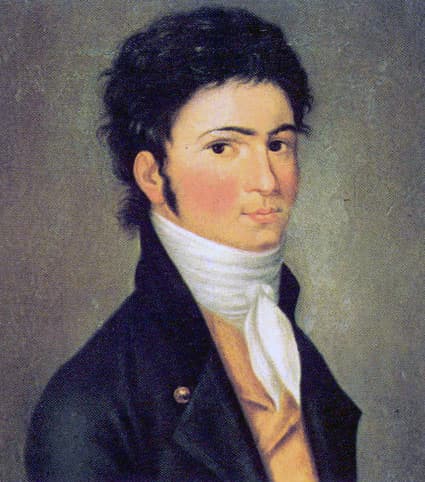
Riedel: Beethoven, 1801
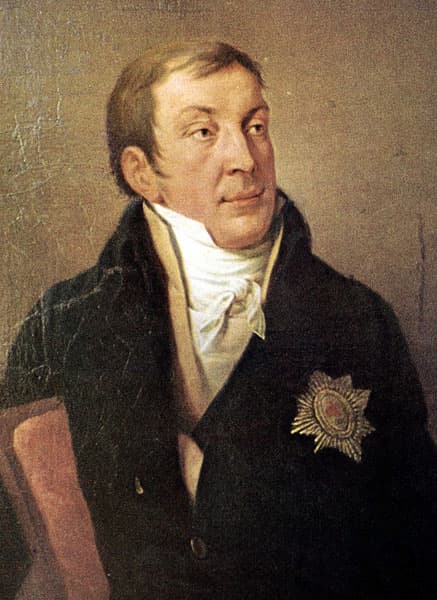
Prince Karl Lichnowsky, 1800
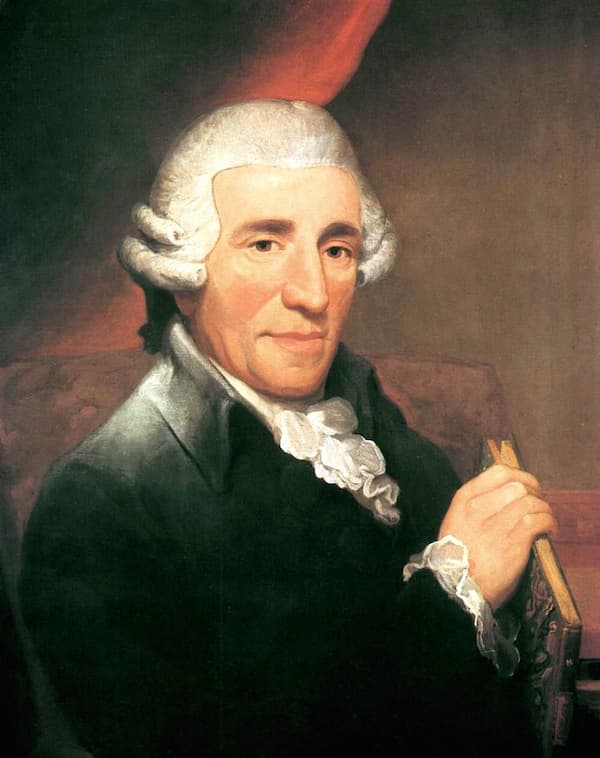
Thomas Hardy: Franz Joseph Haydn, ca. 1791 (London: Royal College of Music Museum of Instruments)
Once in Vienna, Beethoven started composition lessons with Haydn and astonished the monied classes with his performances. By 1794, the Jahrbuch der Tonkunst von Wien und Prag described him as ‘a musical genius … universally admired for his particular virtuosity … he seems to have forced himself more or less into the inner sanctum of art, in which he excels through precision, expression and taste; in this way he has significantly elevated his fame’.
One of his patrons had been Prince Karl Lichnowsky, and, as his first published work, wrote his Op. 1 Piano Trios. They were first performed, in Haydn’s presence in late 1793 at Lichnowsky’s palace. The works were dedicated to his patron, who was also kind enough not only to pick up the printing costs but also prevail upon his noble friends to purchase them on subscription. For the publisher, Artaria, this list of 123 subscribers ensured that his expenses were covered up front. This first edition, which appeared in 1795, was followed in the next 30 years by any number of arrangements of the work for instrumental combinations that extended up to a full symphony orchestra setting. In 1817, Op. 1, No. 3 appeared in a string quintet arrangement by an amateur composer named Kaufmann, that Beethoven corrected and published as his own Op. 104.
The critical reception was mixed. After the private performance at Prince Lichnowsky’s, Haydn advised Beethoven that Vienna was not yet ready for his Op. 1, No. 3, due to both its compositional details (extremes of tempo, dynamics, texture, and uses of chromaticism) as much as its emotional motions combining pathos and high drama. Beethoven ignored his advice.
Once published, one critic discussed them as ‘confused explosions of the impulsive bravado of a talented young man’. Some of the innovations Beethoven added included the substitution of the Scherzo for the usual third movement minuet.
Ludwig van Beethoven: Piano Trio in E-flat major, Op. 1, No. 1 – III. Scherzo. Allegro assai
Although Beethoven’s ability to organise a work was still under development, these early works show his real strength of ‘long-range control of bold harmonic action’. On the performing front, Beethoven was making his name, as had Mozart, as pianist and as an improvisor, supported by his compositions for piano.
Beethoven took the Piano Trio from the hands of Mozart and Haydn, and, in his inimitable way, brought it back to life and made it more dynamic. If his Op. 1 trios were criticised as ‘confused explosions’, his final works, exemplified by the Archduke Trio, represent Beethoven in complete control of the genre. Beethoven played in the premiere, his last appearance on the stage as a pianist, due to his profound deafness.
In this 4-CD set of Beethoven’s Piano Trios, the Trio Shaham-Erez-Wallfisch (Hagai Shaham on violin, Arnon Erez on piano, and Raphael Wallfisch on cello) cover Beethoven’s trios from Op. 1, through the Archduke Trio, Op. 97. Also included are the Clarinet Trio, Op. 11, written in 1798, and Op. 121a, Ten Variations on ‘Ich bin der Schneider Kakadu’ from Wenzel Müller’s Die Schwestern von Prag (The Sisters from Prague), originally written in 1803 and published in 1816 when the singspiel was revived. The recording takes advantage of the Trio to include the Triple Concerto, Op. 56 of 1804, performed with the Orchestra of the Swan, led by Eckehard Stier.
Ludwig van Beethoven: Triple Concerto, Op. 56 – III. Rondo alla Polacca
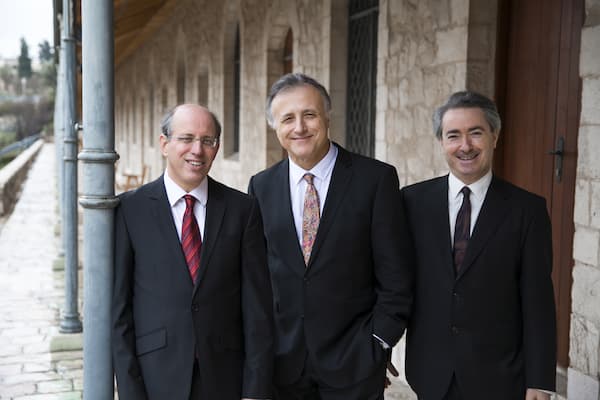
Arnon Erez, Raphael Wallfisch, and Hagai Shaham
The trio, founded in 2009, plays with authority. Hagai Shaham and Raphael Wallfisch first met at the Pablo Casals Prades Festival and they were later joined by Arnon Erez on piano. Each performer has a significant solo career in addition to their chamber music works. To date, the ensemble has recorded trios by Mendelssohn, Ravel, Debussy, Fauré, Arensky, Shostakovich, Rachmaninoff, Dvořák, Schumann and Grieg, the Brahms trios and Brahms’ Double concerto for violin and cello.
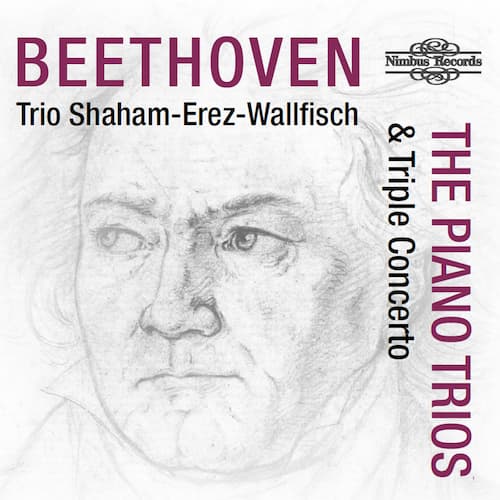
Beethoven: The Piano Trios and Triple Concerto
Trio Shaham-Erez-Wallfisch
Nimbus Records, NI 1709
Official Website
For more of the best in classical music, sign up for our E-Newsletter

